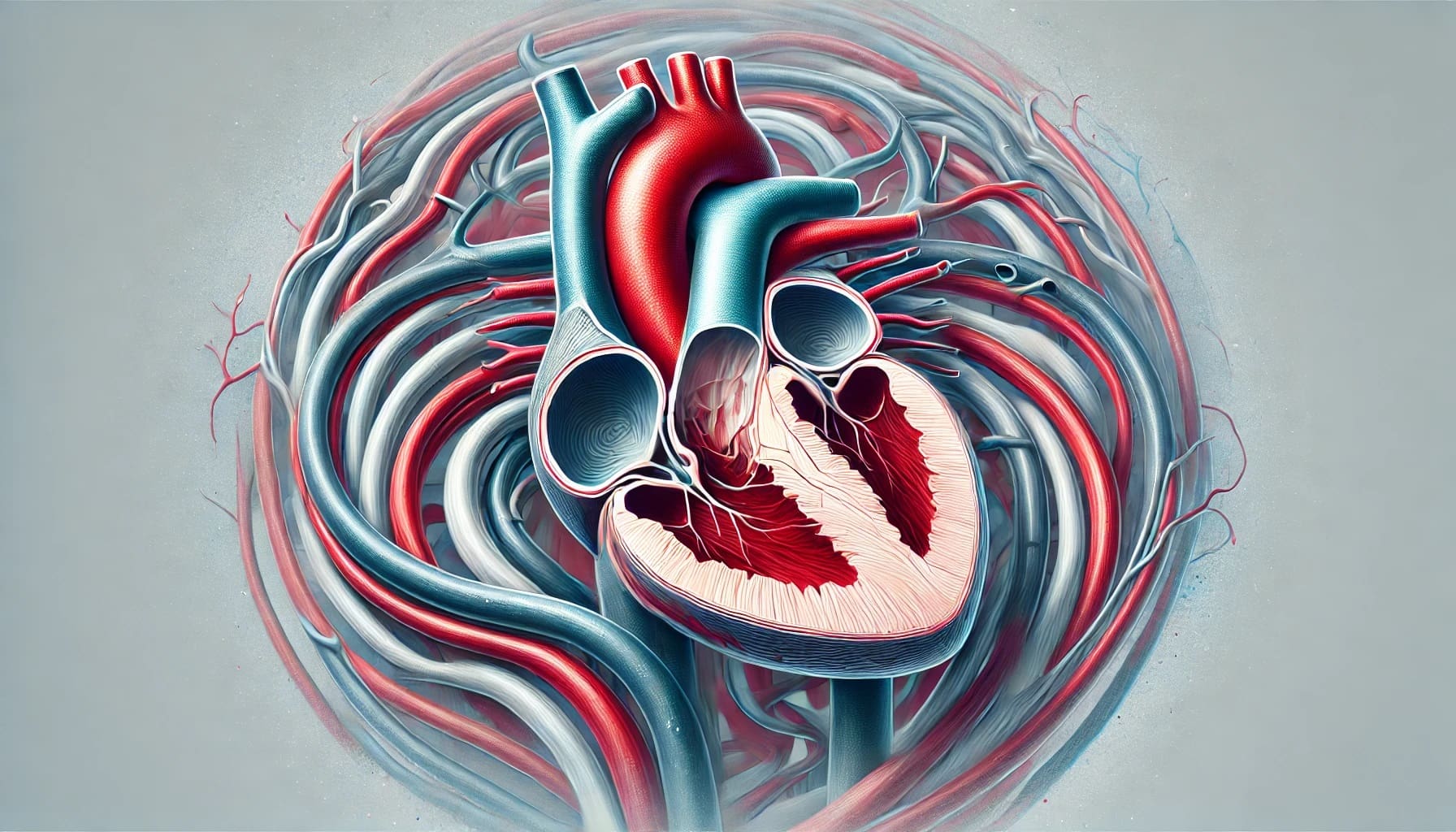
Aortic Supravalvular Stenosis is a rare heart condition where the aorta narrows just above the aortic valve. This narrowing can make it harder for blood to flow from the heart to the rest of the body. Symptoms might include chest pain, shortness of breath, and fatigue. Some people may not show any signs until later in life. Causes often link to genetic factors, especially in conditions like Williams syndrome. Diagnosis usually involves imaging tests like echocardiograms or MRIs. Treatment can range from medication to surgery, depending on severity. Understanding this condition helps in managing it better and improving quality of life.
What is Aortic Supravalvular Stenosis?
Aortic Supravalvular Stenosis (ASVS) is a rare congenital heart defect. It involves the narrowing of the aorta just above the aortic valve. This condition can lead to serious complications if not treated properly.
-
ASVS is a congenital condition. This means it is present at birth and often diagnosed in infancy or early childhood.
-
It affects the aorta. The aorta is the largest artery in the body, responsible for carrying oxygen-rich blood from the heart to the rest of the body.
-
Narrowing occurs above the aortic valve. This specific location of narrowing distinguishes ASVS from other types of aortic stenosis.
Causes and Risk Factors
Understanding the causes and risk factors can help in early detection and management of ASVS.
-
Genetic mutations are a primary cause. Mutations in the elastin gene (ELN) are often linked to ASVS.
-
Williams syndrome is associated with ASVS. This genetic disorder, characterized by developmental delays and cardiovascular issues, often includes ASVS as a symptom.
-
Family history increases risk. If a family member has ASVS, the likelihood of another family member having it is higher.
Symptoms of Aortic Supravalvular Stenosis
Recognizing symptoms early can lead to timely medical intervention, improving outcomes for those affected.
-
Chest pain is a common symptom. This pain occurs due to the heart working harder to pump blood through the narrowed aorta.
-
Shortness of breath is frequent. Reduced blood flow can make breathing difficult, especially during physical activity.
-
Fatigue is often reported. The heart's increased workload can lead to overall tiredness and lack of energy.
-
Heart murmur is detectable. Doctors often hear an abnormal heart sound during a physical exam, indicating turbulent blood flow.
Diagnosis and Testing
Accurate diagnosis is crucial for effective treatment planning. Various tests help confirm ASVS.
-
Echocardiogram is commonly used. This ultrasound of the heart provides detailed images of the aorta and heart valves.
-
Cardiac MRI offers detailed images. Magnetic Resonance Imaging helps visualize the extent of the narrowing and its impact on heart function.
-
CT scan is another diagnostic tool. Computed Tomography provides cross-sectional images of the heart and aorta.
-
Cardiac catheterization measures pressure. This invasive test measures blood pressure within the heart and aorta, confirming the severity of stenosis.
Treatment Options
Various treatments are available to manage ASVS, ranging from medication to surgery.
-
Medications can manage symptoms. Drugs like beta-blockers help reduce the heart's workload and control blood pressure.
-
Balloon angioplasty is a non-surgical option. This procedure involves inflating a small balloon inside the narrowed section to widen it.
-
Surgical repair is often necessary. In severe cases, surgery to remove the narrowed section and reconstruct the aorta is required.
-
Stent placement can be effective. A stent, or small mesh tube, can be inserted to keep the aorta open.
Long-term Outlook and Management
Living with ASVS requires ongoing medical care and lifestyle adjustments to maintain heart health.
-
Regular follow-ups are essential. Continuous monitoring by a cardiologist ensures any changes in the condition are promptly addressed.
-
Lifestyle changes improve outcomes. Maintaining a healthy diet, regular exercise, and avoiding smoking can significantly benefit heart health.
Final Thoughts on Aortic Supravalvular Stenosis
Aortic Supravalvular Stenosis (ASVS) is a rare but serious heart condition. Understanding its symptoms, causes, and treatments can make a huge difference in managing it. Early diagnosis is crucial for better outcomes. Regular check-ups and being aware of family history can help catch it early. Treatments range from medication to surgery, depending on severity. Advances in medical technology offer hope for those affected. Staying informed and proactive is key. If you or a loved one shows signs of ASVS, consult a healthcare professional. Knowledge empowers us to take control of our health. Remember, heart health is vital for overall well-being. Stay heart-smart and spread awareness about ASVS.
Was this page helpful?
Our commitment to delivering trustworthy and engaging content is at the heart of what we do. Each fact on our site is contributed by real users like you, bringing a wealth of diverse insights and information. To ensure the highest standards of accuracy and reliability, our dedicated editors meticulously review each submission. This process guarantees that the facts we share are not only fascinating but also credible. Trust in our commitment to quality and authenticity as you explore and learn with us.


